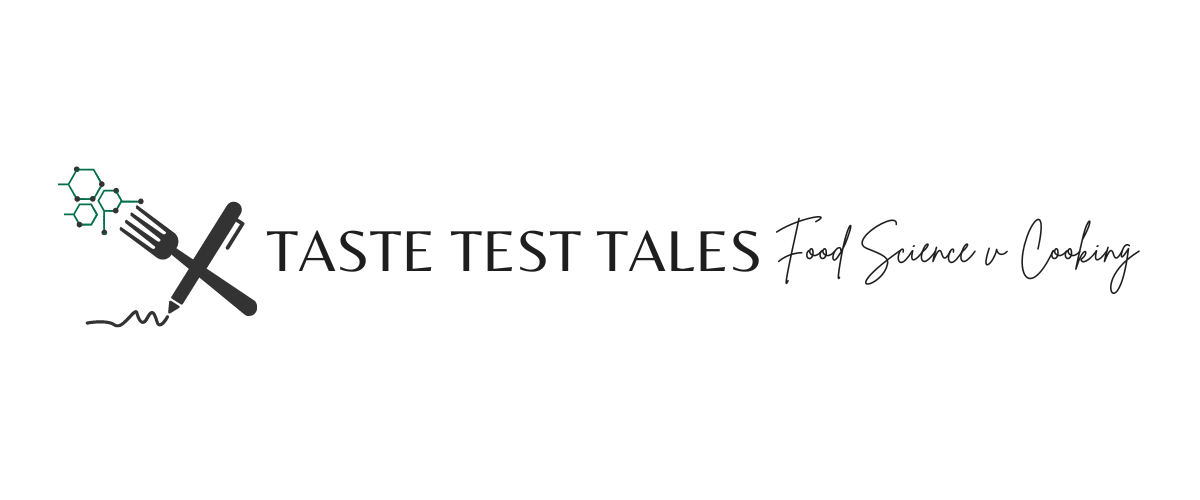
30 Jan Is there Fish in Walmart’s Great Value Brand?
The TikTok community has been abuzz thanks to Jordan Howlett, whose dramatic flair in sharing information has garnered him significant popularity in the food sphere. His engaging presentations are hard to ignore, and they’ve recently sparked widespread conversation. A notable instance involved Jordan addressing a fellow user’s TikTok revelation — Paden Ferguson’s rather alarming discovery of a packaging label on Great Value’s Mini Marshmallows that indicated the potential presence of Tilapia. This peculiar mention left many bewildered. Complementing this, Jordan also highlighted the mention of “anchovies” on a “may contain” label of Great Value’s Blueberry Syrup, further stoking the fires of consumer concern. These findings have acted as a catalyst for a deeper evaluation of Walmart’s food labeling and safe practice standards. In this post, we delve into whether these labels point to an actual fish ingredient in Great Value products or if it’s all a large-scale misinterpretation.
The TikTok Controversy: Unveiling the Unexpected Ingredients
The original video that ignited this widespread frenzy begins with TikToker Paden Ferguson, who raises eyebrows by asking when was the last time anyone checked the Great Value brand at Walmart. He then proceeds to unveil the shocking discovery he made while inspecting the packaging of three Great Value products: marshmallows, pancake syrup, and boxed mashed potatoes.
Upon examining the bag of Great Value mini marshmallows, Paden zooms in on a warning beneath the Nutrition Facts table that reads, “MAY CONTAIN TRACES OF TILAPIA” and “CONTAINS A BIOENGINEERED FOOD INGREDIENT.” The confusion and disbelief in Paden’s voice resonate with the millions of viewers who were equally taken aback by this unforeseen revelation.
In a subsequent video, Paden explores another Great Value product, butter-flavored syrup, only to find yet another unexpected warning on the back label. This time, it states, “MAY CONTAIN TRACES OF MILK, EGGS, ANCHOVIES, WHEAT, AND SOY.” Including anchovies in a syrup product further fuels the intrigue surrounding Walmart’s Great Value brand.
Unveiling the Mystery: Understanding Food Allergen Labeling
To comprehend the reasoning behind these seemingly bizarre ingredient warnings, it is essential to delve into the realm of food allergen labeling. The Federal Food, Drug, and Cosmetic Act, a federal law, mandates that manufacturers disclose the presence of major food allergens in packaged foods. These allergens include fish and shellfish, among others.
Cross-Contamination and Precautionary Labeling
Manufacturers often take additional precautions by voluntarily including warnings about potential cross-contamination with major allergens. Cross-contamination occurs when a food product comes into contact with an allergen during the manufacturing process, even if the allergen is not intentionally included as an ingredient.
Many manufacturers, including Walmart’s Great Value brand, employ precautionary labeling to mitigate the risk of allergic reactions among individuals with severe allergies. By indicating that a product “may contain” traces of allergens, manufacturers acknowledge the possibility of cross-contamination and alert consumers who may be highly sensitive to those allergens.
The Science Behind Unexpected Ingredients
While the presence of fishy ingredients in seemingly unrelated products may raise eyebrows, the science behind these occurrences sheds light on the intricate processes of food production and flavor enhancement. One possible explanation is the use of fish-derived gelatin instead of beef-based gelatin in marshmallows, which serves to maintain their kosher status.
Gelatin, a common ingredient in marshmallows, can be derived from various sources, including fish skins. This allows manufacturers to produce kosher marshmallows while inadvertently introducing the possibility of fish traces. Similarly, the addition of anchovies in syrup might be attributed to their umami flavor profile, which enhances the overall taste of the product.
Walmart’s Commitment to Food Safety
As the controversy surrounding Walmart’s Great Value brand continues to unfold, it is important to recognize that the inclusion of fishy ingredients does not imply a lack of food safety measures. Walmart, like other manufacturers, adheres to strict food safety standards and regulations to ensure the well-being of its consumers.
The presence of precautionary labeling serves as a proactive measure to protect individuals with allergies and dietary restrictions. While some may find the warnings perplexing, they ultimately represent a commitment to transparency and consumer safety.
Consumer Response and Implications
The TikTok video highlighting Walmart’s Great Value brand has sparked significant discussion and raised awareness among consumers. Many individuals have expressed their gratitude for the eye-opening revelation, as it has prompted them to double-check their pantry items and be more mindful of potential allergens.
However, it is crucial to note that the presence of fishy ingredients should only be a cause for concern for those with specific dietary restrictions or allergies. For the general population, consuming Great Value products is unlikely to pose any harm or pose a risk of unexpected flavors.
Exploring the Broader Context: Similar Revelations and Industry Practices
The discovery of unexpected ingredients in food products is not unique to Walmart’s Great Value brand. Similar instances have occurred in various other food brands, prompting discussions about manufacturing processes and cross-contamination risks.
These revelations highlight the complexity of the food industry and the challenges manufacturers face in ensuring absolute purity and avoiding cross-contamination. While precautionary labeling serves as a safeguard, it is important for consumers to remain vigilant and informed about the ingredients in the products they consume.
Conclusion: Navigating the World of Food Labels
The TikTok controversy surrounding Walmart’s Great Value brand has shed light on the intricacies of food allergen labeling, cross-contamination risks, and the science behind unexpected ingredients. While some may find the presence of fishy ingredients surprising, it is crucial to understand the precautionary measures taken by manufacturers to prioritize consumer safety.
As consumers, it is essential to read food labels carefully, especially for individuals with specific dietary restrictions or allergies. By being informed and aware, we can make conscious decisions about the products we choose to consume and ensure the well-being of ourselves and our loved ones.
While Walmart’s Great Value brand may have found itself at the center of this viral TikTok trend, it serves as a reminder that understanding food labels and the science behind them is crucial in navigating the complex world of food production and consumption.



No Comments